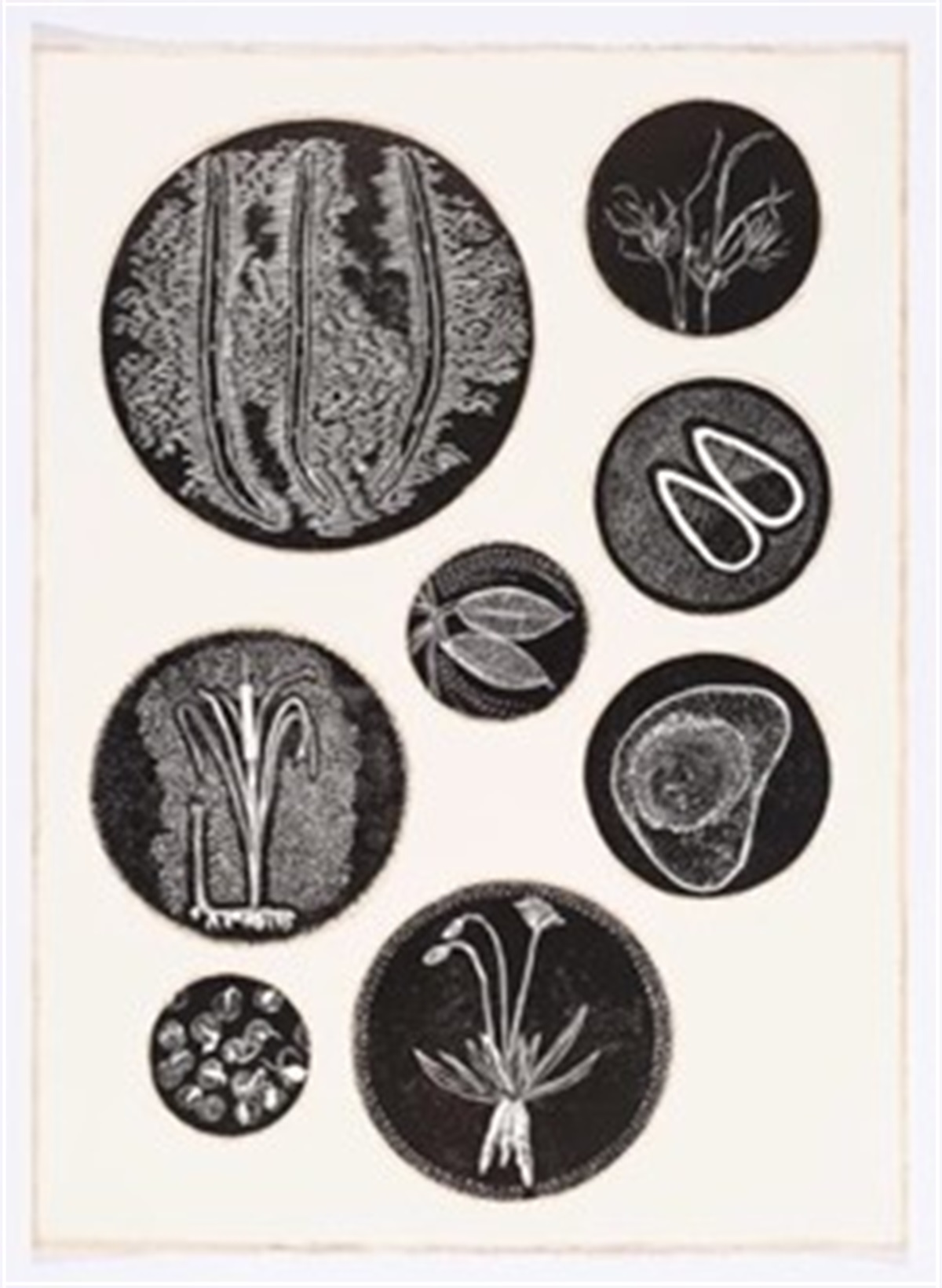Assistant Minister to the Prime Minister
I am so happy to be speaking with you.
Parliament is about debate. Difference of opinion. Sometimes, conflict.
But today, I feel I am amongst like-minded Australians.
You and I are unusually interested in our Constitution.
The institutions that make our nation.
And the knowledge to help guide our future.
I was 19 before I got to visit this building.
Not many high school students from Western Australia make it here.
So, it is fair to say I am jealous of each of you.
And I encourage you to grab this opportunity.
To learn how to turn ideas into action.
To help write the future of this nation.
I hope you gain a wealth of knowledge, and maybe even make lifelong friends.
REFERENDUMS
This week, you have the chance to put forward your voice on an important constitutional issue.
As you know, the Australian Constitution is a living document.
It can be amended to reflect changes in society and the will of the Australian people.
But this is not easy to do.
The only way to change the Constitution is through a referendum.
Section 128 of the Constitution sets out two criteria that must be met for a referendum to be passed, or ‘carried’.
First, a majority of voters in Australia must vote in favour of the referendum.
And second, a majority of voters in a majority of states must vote in favour of it, too.
This is called a ‘double majority’ – and it is a high bar to pass.
44 proposals for constitutional change have been put to Australian voters in the 122 years since Federation.
And only 8 have been approved.
The highest ‘Yes’ vote was for the 1967 referendum.
This amended the Constitution to allow the Commonwealth to make laws for Aboriginal people and include them in the Census.
A resounding 90.77 per cent of Australian voters voted ‘Yes’ – and every single state and territory had a majority ‘Yes’ result.
It was one of the most successful national campaigns in Australia’s history, and a historic point in Australia’s reconciliation journey.
Out of the 36 referendums that have not carried, five almost got over the line.
They were supported by a majority of voters across Australia, but not by a majority of voters in a majority of states.
One instance was the referendum in 1946 to allow the Commonwealth to make laws for the organised marketing of primary products.
It was supported by 50.57 per cent of Australian voters, but a majority in only three states – New South Wales, Victoria, and Western Australia.
Most voters in Queensland, South Australia and Tasmania voted against the proposal – so it did not pass and the Constitution was not changed.
Getting a referendum to carry is an incredibly hard thing to do.
The poor success rate for referendums has fuelled debate about constitutional change.
And I know you will be looking closely at the wording of Section 128 during this Convention.
The idea of adopting referendums was first raised in the early 1890s.
The idea was proposed by Alfred Deakin and Charles Kingston – both leading figures in the movement towards Federation.
But the 1891 Constitutional Convention rejected the proposal for a referendum.
Samuel Griffith – who was then Premier of Queensland – argued that constitutional change was complex.
He also argued it was not practicable for voters to be familiar with every detail.
In addition to this, the countries which the framers of our Constitution tended to look to for inspiration did not generally use referendums.
This included countries like the United Kingdom, Canada, and the United States.
So, the 1891 Convention approved a model similar to that used in the United States.
This required an absolute majority of both Houses of Parliament to pass an amendment.
Then, there was the additional requirement of special conventions in a majority of states to approve it.
Samuel Griffith eventually retired from politics.
And, by the time of the 1897 Constitutional Convention, and those supporting a referendum prevailed.
But this did not mean they wanted the Constitution to be easy to change.
Then Tasmanian Premier, Edward Braddon, said the feeling of the 1897 Convention was that “it should be made as difficult as possible to amend the Constitution”.
He thought while change should not be impossible, it should not rely merely on the “fluctuation of public opinion.”
The agreed position was summed up by Kingston:
“If you get two things, namely, a majority of the State electors who vote on the subject and a majority also of the electors of the whole Commonwealth in favour of the proposed alteration, I think that is all you ought to require.”
MINIMUM AGE OF MEMBERS OF PARLIAMENT
Does anyone have a favourite section of the constitution?
I doubt any of you chose Section 34, which describes who can sit in the Parliament.
The wording agreed in the 1890s is, as you would expect, very much of its time!
It states that, for someone to be a Member of Parliament, “he”:
- must be at least 21 years old; – which was lowered to 18 in 1973;
- must be an Australian citizen;
- and, must be entitled to vote – which, again, excluded most Indigenous Australians until 1962.
As young people interested in politics, you must also be thinking – why the discrimination based on age?
Well, just know it could be worse.
The United States takes a far stricter approach to the minimum age for public office.
The US Constitution stipulates that the President must be 35 years of age or older.
A Senator must be at least 30 years old.
And, a Member of the House must be at least 25.
These requirements have not changed since the Constitution was written in 1787.
Ironically, 12 of the delegates at the 1787 US Constitution Convention were under the age of 35.
This includes Alexander Hamilton, who later became the star of Lin-Manuel Miranda’s musical.
Further, Thomas Jefferson was also only 33 when he drafted the Declaration of Independence in 1776.
FEMALE PARLIAMENTARIANS: DAME DOROTHY TANGNEY AND DAME ENID LYONS
Two weeks ago, statues of the first two women elected to Federal Parliament were unveiled outside Old Parliament House.
Unveiled on International Women’s Day.
The statues of Dame Dorothy Tangney and Dame Enid Lyons are the first statues of women in Canberra’s Parliamentary Zone.
The design was inspired by an iconic photo of the pair entering Old Parliament House together, in September 1943.
It should not have taken 80 years for Australia to recognise these two courageous women in this way.
Still, it is wonderful to honour them now.
Dorothy Tangney was born in North Perth in 1907.
She originally trained as a teacher, before entering politics and becoming Australia’s first female Senator in 1943.
It was the middle of the Second World War, and her brother Kevin was serving with the Australian Army.
Kevin said, “All the boys are having a party to celebrate your victory!”
From the start of her time in Parliament, Tangney made the needs of women a high priority.
Education policy was also important to her, and she supported the establishment of the Australian National University here in Canberra.
In 1966, she also gave a moving speech opposing the conscription of Australian soldiers to fight in Vietnam.
She was a Senator for Western Australia for 25 years – from 1943 through to 1968.
When she passed away in 1985, Australia’s Prime Minister at the time, Bob Hawke, said:
“She was a remarkable Australian and her place in Australian history is firmly established.”
Equally remarkable was Enid Lyons, born in Tasmania in 1897.
Her husband, Joseph Lyons, was Australia’s Prime Minister from 1932 until his unexpected death in 1939.
They had 12 children together.
From a young age, Enid campaigned for women to be involved in politics.
In 1943, she became the first woman elected to the House of Representatives.
As a Member of Parliament, she raised awareness of the importance of maternity care and the need to increase pensions to widows.
She also campaigned to extend child endowment and help returned servicewomen from World War Two.
In 1949, she became the first woman appointed to Federal Cabinet where she served as Vice President of the Executive Council.
Enid Lyons – like Dorothy Tangney – was a political trailblazer.
Together, they laid a path for women to follow – and we honour their legacy.
I hope you will take the time to visit their statues when you are at Old Parliament House tomorrow.
They both used their democratic voice.
And their history is a lesson to us all.
REPRESENTATIVE OPPORTUNITIES FOR YOUNG PEOPLE
You have a voice – and Australia is a better country when you use it.
It is so important that young people like you feel empowered to contribute to political debate.
There are so many ways you can get active politically.
You can join a political party.
You can volunteer in a campaign.
You can get involved in student representation.
And of course, once you have turned 18, it is compulsory to enrol and vote in elections.
The NSW state election is in a few days’ time, and there will be a referendum on the Voice later this year.
I know those of you who can vote will take your responsibility seriously.
The Australian Government has recently established a new Youth Engagement Model.
This has been designed to help young people get involved in government decision-making.
This includes a Youth Steering Committee, which is a new opportunity for young people to work with the Minister for Youth.
There are 15 young people on the Committee, representing the diversity of young Australians today.
We have also set up five youth advisory groups to provide advice on policies in a range of areas.
These are:
- youth mental health and suicide prevention;
- supporting young First Nations people;
- promoting STEM education;
- the UN Climate Change Conference; and
- ensuring all kids in Australia feel safe.
I encourage you to get involved.
Of course, this Convention is also a remarkable opportunity for you to share your voice on important issues.
For many, it is the start of a lifetime of public engagement.
Twenty years ago, in March 2003 , a young woman named Saba Awan was one of the 120 delegates who attended the 8th National Schools Constitutional Convention in Canberra.
Saba was 17 years old at the time, and a Year 12 student at Kormilda College in Darwin.
She had emigrated from Pakistan with her parents 15 years earlier, when she was just two.
The topic of the Convention was whether Australia needed a Bill of Rights.
Saba loved discussing this with other students who shared her passion for human rights and democracy.
She also enjoyed seeing Question Time and meeting MPs, Senators and the Governor General.
For Saba, it was a memorable experience – and she built on it in the years that followed.
After school, she did a Bachelor of International Relations with Honours at the Australian National University.
Later, she did volunteer work for many years with Canberra’s Muslim and multicultural communities.
This included work as Secretary of the Canberra Multicultural Women’s Forum.
She also participated in the first year of the Young Women Take Over Parliament program in 2017.
The program is run by a social enterprise called Jasiri Australia.
It gives young women the chance to spend time in the office of a Member of Parliament.
Saba shadowed Dr Anne Aly – who is now the Minister for Youth – and gained valuable skills and insights into political life.
Today, Saba is married and has two children.
And she works in the Office for Women at the Department of the Prime Minister and Cabinet.
In this role, she provides advice to the Australian Government on increasing women’s economic participation.
A key component of which is closing the gender pay gap.
She says it is so rewarding to work at the centre of government and contribute to improving the lives of Australian women.
Saba is committed to advancing gender equality.
I hope that, like Saba, you too will embark on a lifetime of contribution to your communities, your states and territories, and Australia.
CONCLUSION
For almost three decades, this Convention has been helping future leaders learn more about our Constitution.
It has helped countless students gain the knowledge and skills to contribute constructively to our democracy.
I know you will make the most of this opportunity.
I would like to conclude with the words of Australia’s then Governor-General, Sir William Deane.
He addressed to the delegates at the first National Schools Constitutional Convention in 1996, and said:
“In your discussions of critical issues at this Convention and in the whole of your future lives always remember one thing … we Australians are truly one people, one nation,” he said.
“What injures one of us injures us all.”
“[So] when the views and aspirations of the majority ultimately prevail, there [must be] respect, tolerance and understanding of the views and aspirations of the minority. Otherwise, the unbearable cost of our development as a nation will be our own disunity.”
I wish you all the best for your discussions.








